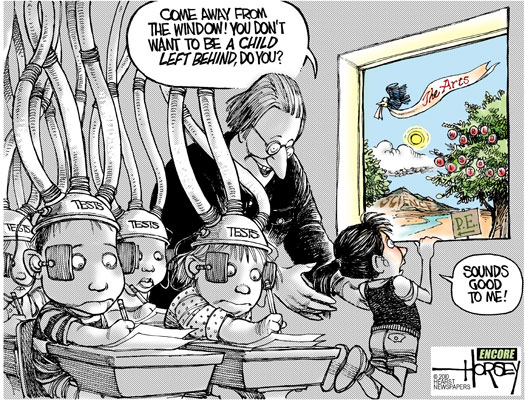For my sedu183 class I had to turn my belief essay into a visual essay. For my belief essay I chose to use the belief statement “I believe teachers should be enthusiastic and excited about shaping the minds of their students”. When I was first given this project I was very irritated, because I thought it was going to be hard and take a long time. With the semester winding down, time wasn’t something I had a lot of. However, I would soon discover that previous notion was incorrect. Creating the project really wasn’t that difficult and didn’t take too much time. One thing I liked about this project was that we got to choose what tool we wanted to use; we weren’t tied down to using a certain tool. Due to this I was free to choose something I felt comfortable using and knew could create a decent project with.
While creating my project one part I did find difficult was adding my sound to my video. I had recorded myself reading my essay using garage band and did all the ending to it. That part was fine and went smoothly, but when I added it to my photostory I couldn’t control which part of the sound played when. To solve this I had to manually adjust the speed of each picture to make sure it lasted the entire time the sound lasted. On the other hand, finding pictures to use to cover the various point in my essay was a lot easier to do than I expected, thanks to googleJ!
After I finished my project, it was very rewarding to feel the stress of trying to get the project done leave my body. It was also fun and rewarding to see a piece of my art work come to life after all the hard work and dedication I put into it. In addition, after completing my visual essay, I discovered some value using video within my classroom could have. I could have my students use video for something similar to this project; to use their imagination and bring a project of theirs to life using video. This would allow them to be creative and fun while learning. Also, I could use video as learning tool where I could have my students watch videos to further assist them on material that they find challenging or confusing.
Overall, I found this project to be quite interesting and easy to do. I discovered what kind of teacher I want to be and how to incorporate technology in my classroom. Feel free to watch my completed project below!









